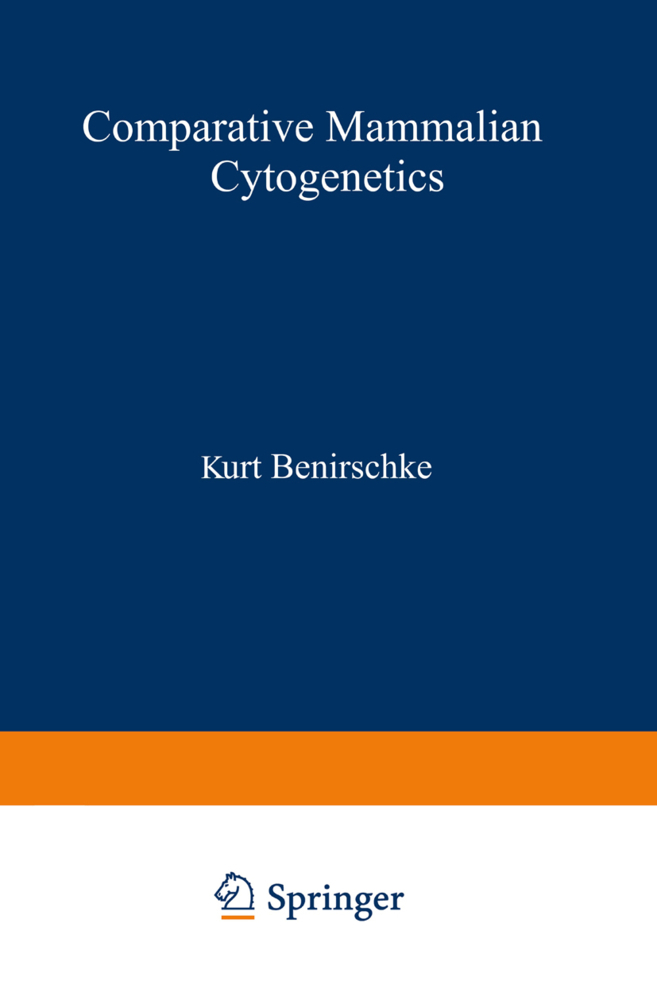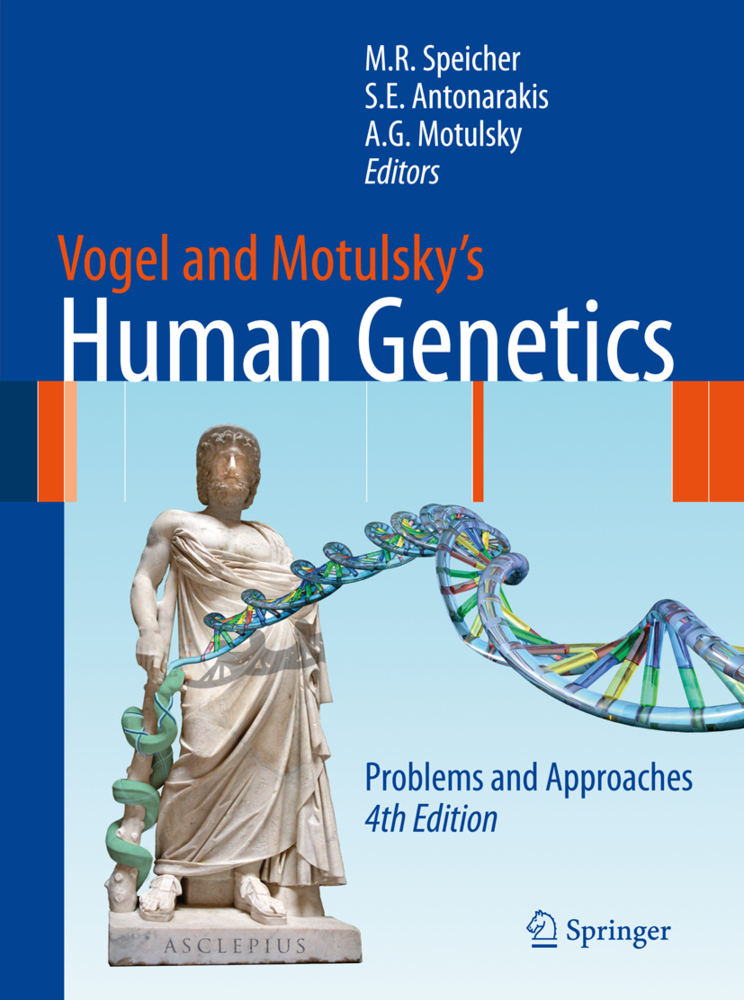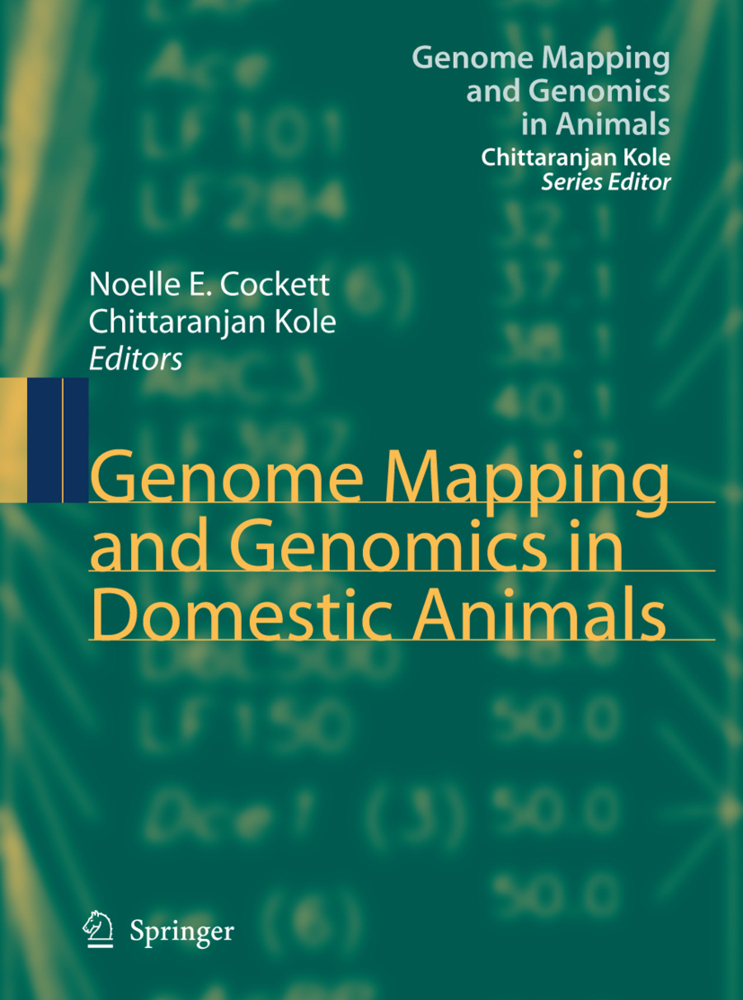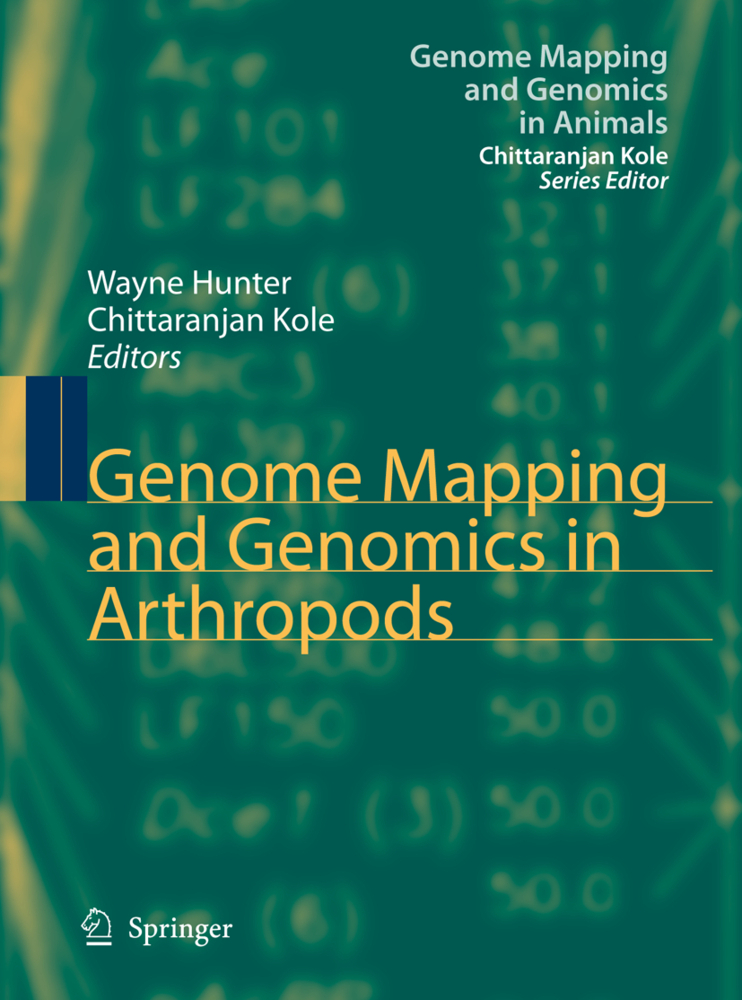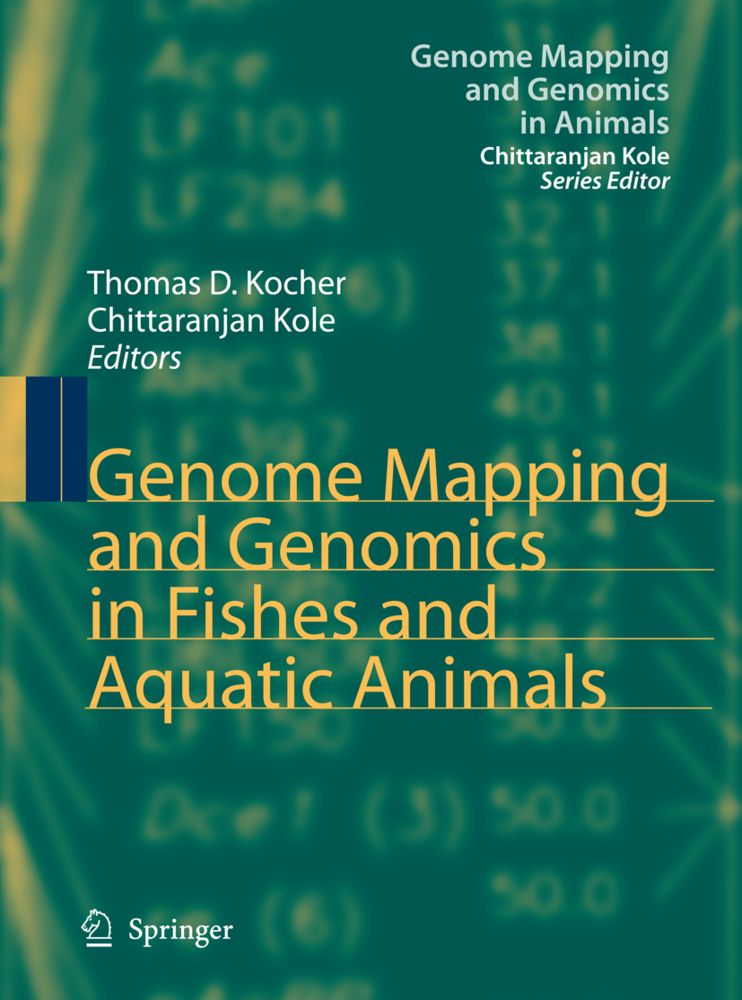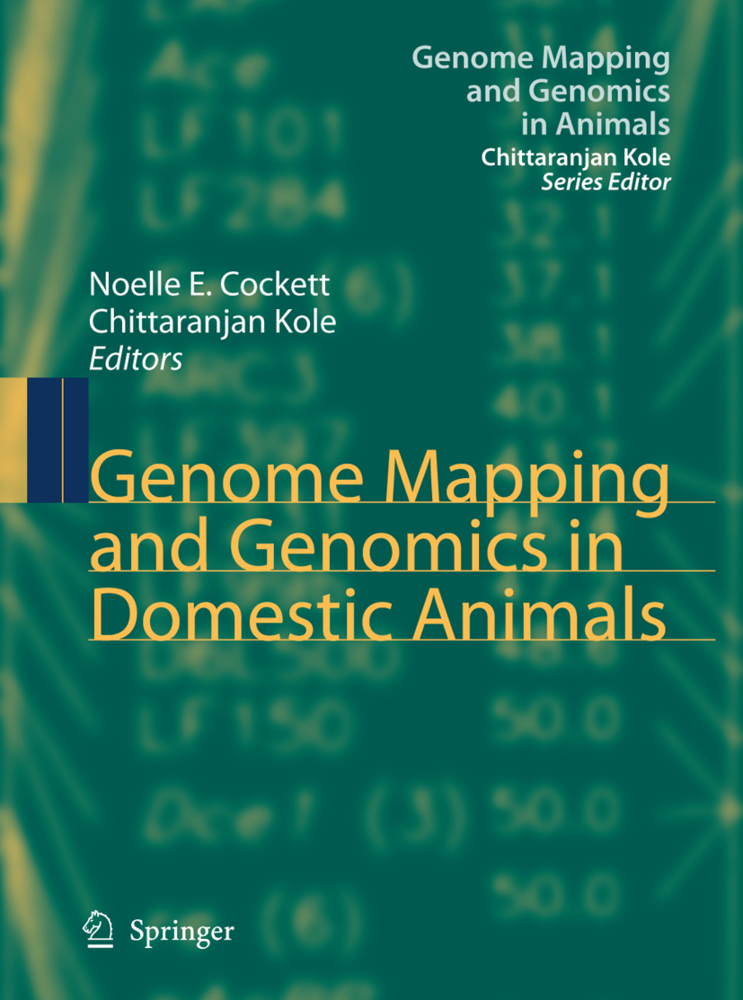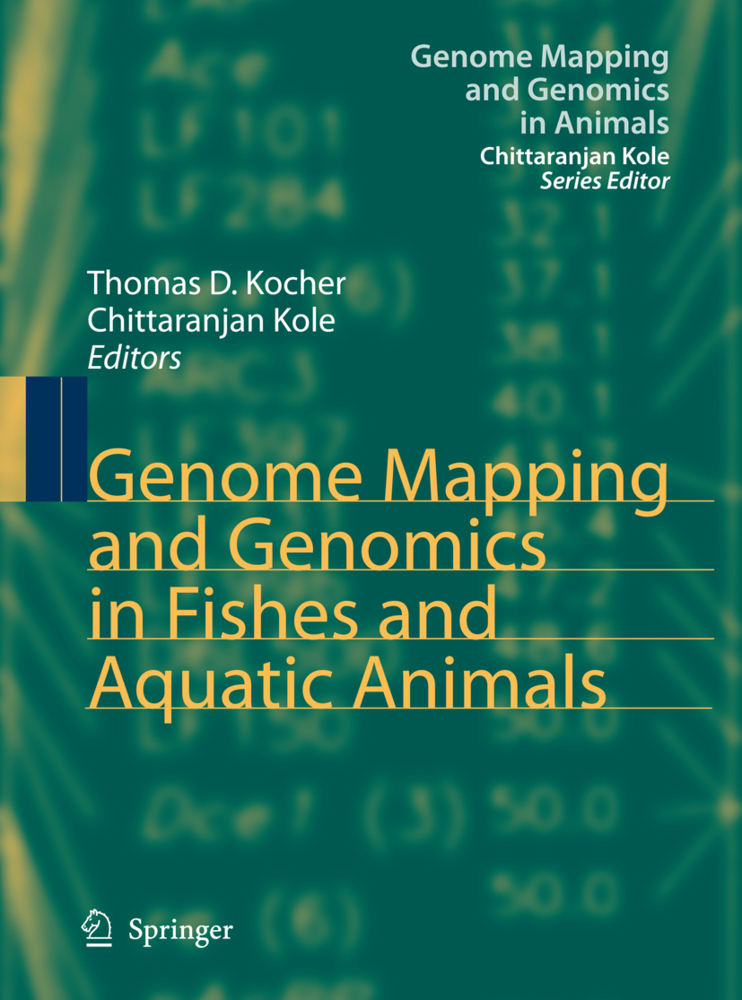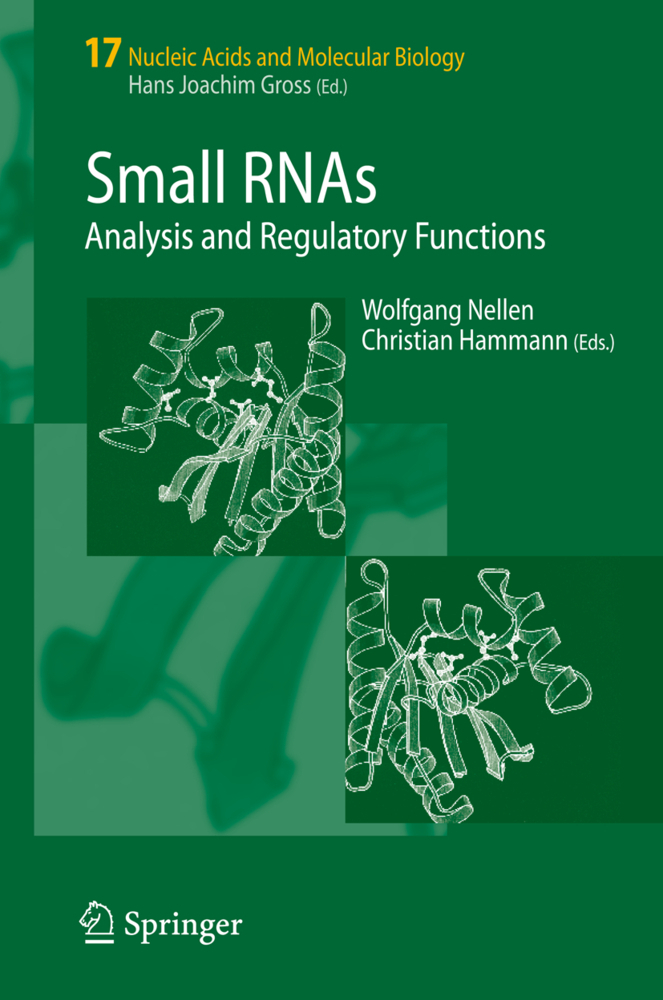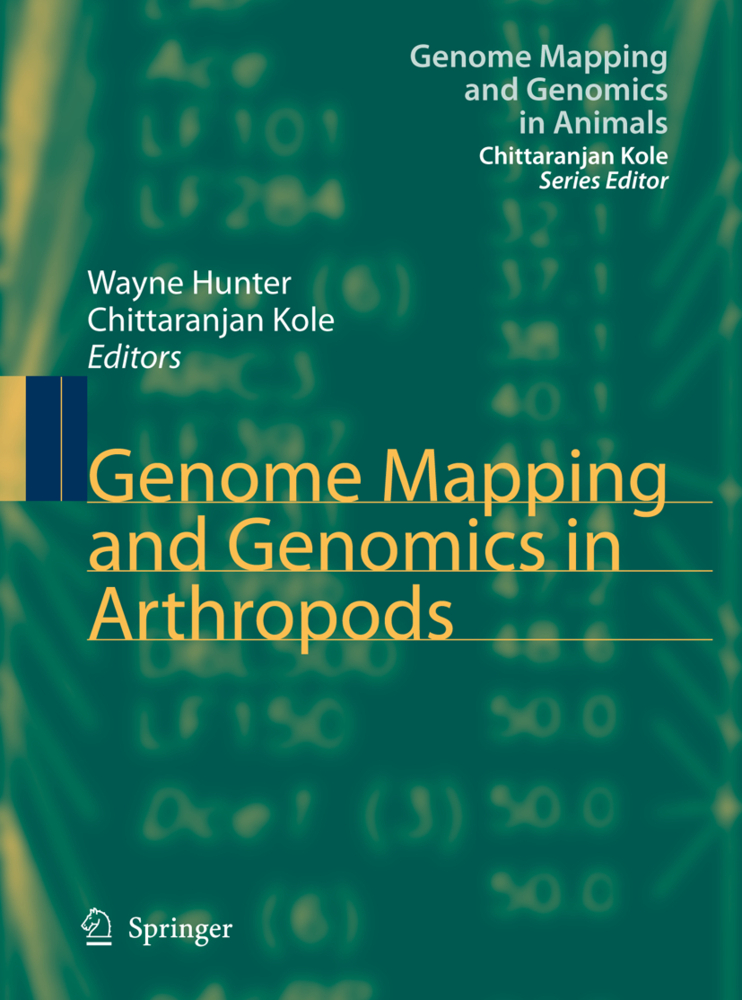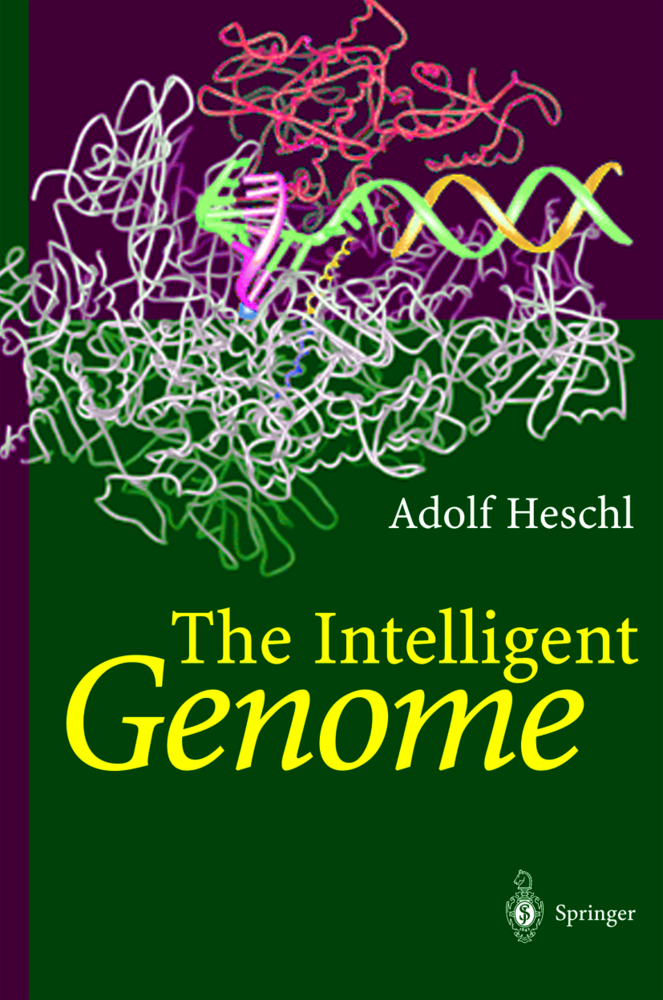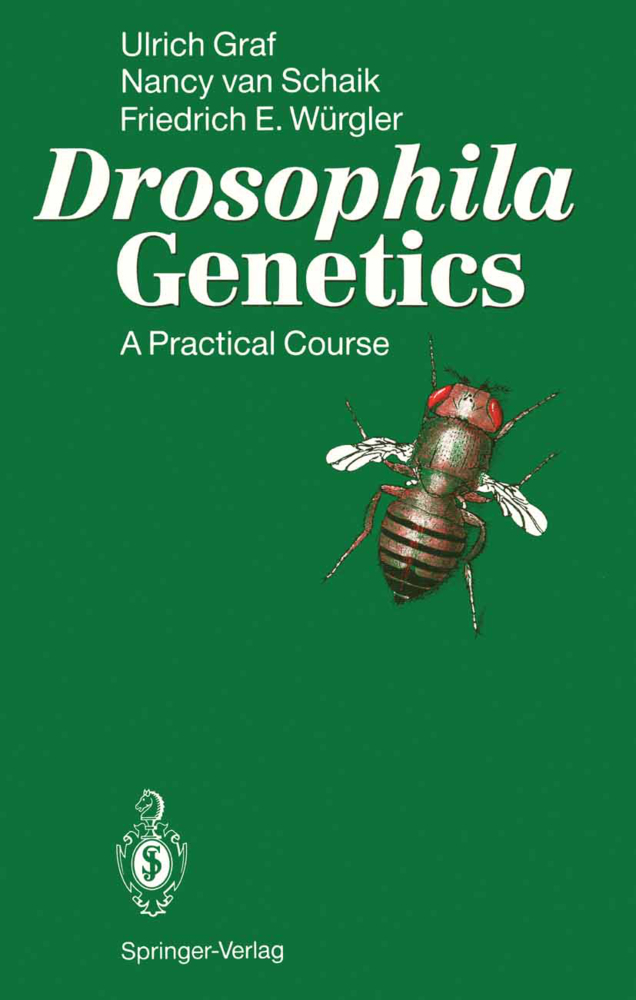Comparative Mammalian Cytogenetics
An International Conference at Dartmouth Medical School Hanover, New Hampshire, July 29-August 2, 1968
Comparative Mammalian Cytogenetics
An International Conference at Dartmouth Medical School Hanover, New Hampshire, July 29-August 2, 1968
Ten years ago a symposium on Cytotaxonomy 'was held in London (Proc. Linn. Soc. Lond. 169:110, 1958) in which a first attempt was made to bring together various disciplines to discuss advances of mammalian cytogenetics and to put them into proper context with the sciences of evolution and taxonomy. The introductory remarks by \V. B. Turrill to that symposium, essentially an admonishment to be tolerant of the short comings of our respective disciplines, would be a most appropriate begin ning to this conference as ,,'ell. However, the meeting held at Hanover was conceived more along the lines of remarks made by R. B. Seymour Se,,'ell in his presidential address to the same society: "It has been said that scientists in this search for truth are nowadays too much concerned with the accumulation of facts, and make too little use of their imagina tion in their attempts to explain such facts as they have accumulated. " (In "The continental drift theory and the distribution of the Copepoda," ibid. 166:149, 1956. ) \\Tith this as a background, two years ago we held the first of a series of loosely-structured conferences on reproductive failure in the relaxing atmosphere of this small New England college community. The manu scripts of that meeting have been published (Comparative Aspects of Re productive Failure, Springer-Verlag New York Inc. , 1967).
Reproductive isolation and chromosomal mutation
The bottleneck of heterozygosity
Mechanisms of Chromosomal Changes in Mammalian Speciation
General introductio
Numerical changes
The Robertsonian process
Non-Robertsonian changes
The Mammalian Genome in Evolution and Conservation of the Original X-Linkage Group
Importance of karyotypic differences
Conservation of X-linkage
Homology between non-homologues
Summary
Geographic Variation of Chromosome Forms in Spalax, a Subterranean Mammal of Restricted Mobility
Distribution of Spalax, mole rats
Identification of different karyotypes
Mechanisms of chromosomal changes in Spalax
Consideration of reproductive isolation
Summary
Induced Chromosomal Aberrations with Special Reference to Man
General considerations of mutagenesis
Cytological changes
LSD effects
Human "centric fusion" changes
Other types of translocation in humans
Lethal Chromosome Errors
General considerations of lethal genetic errors
Abortion studies in man
Polyploidy
Recognized abortions in man, trisomies
Effects of triploidy, hydatidiform moles
Semilethal errors
XO anomaly
Conclusions
Meiosis in Mammals
Studies at pachytene
Chiasmata
Structural changes
Inversion
Duplication and deficiency
Reciprocal translocation
Robertsonian translocation
Insertion
Summary
Hybrid Sterility
Cattle × Bison hybrids (Cattalos)
Chicken × Pheasant hybrids
Electronmicroscopic studies
Teratological results
Summary
Experimental Hybridization
Fertilization and prenatal development
Peromyscus
Goat-sheep
Ferret-mink
Rabbit-hare
Chromosome studies
Hybrids reaching adult life
Hybrids which die during pregnancy.-Ferret × mink
Rabbit × snowshoe hare
Discussion
Summary
Genetic Aspects of Infertility
General considerations
Anatomical malformations causing infertility
Abnormalities in gametes
Embryonic mortality and lethal genes
Maternal effects
Genetic indicators of infertility
Other genetic variations in fertility; summary
Gene Action in Human Diploid Cell Strains
Gene action
Cellular differentiation
Relationship of method of obtaining variant cells to the cell type employed
Genetic markers in human diploid cell cultures
The single active X-theory
Some examples of gene action in human diploid cell strains
The Lesch-Nyhan syndrome
Hurler's syndrome
Orotic aciduria
The theory of intercellular complementation
Summary
Chromosome Mosaics as Markers in Embryology
Distribution of cells in XY/XXY mosaic embryo
Possible origin of mosaic
Embryologic consequences
Consequences for Lyon hypothesis
Summary
Multipolar Mitosis and Somatic Segregation in Cell Cultures of Microtus Agrestis
Tissue culture system
Findings and conclusions
Summary
Cytogenetics of Marsupials
Chromosome number in the marsupialia
General
Marsupials with 2n = 14
Marsupials with 2n other than 14
Conclusions
Autosomal chromosomal polymorphism
Sex chromosomes in the marsupials
Sex determination in the marsupials
Multiple sex chromosome systems
The XX/XY sex chromosome systems in marsupials
Sex chromosome mosaicism
Marsupials as animals for genetic research
Insectivore Cytogenetics
General considerations
Macroscelidae
Talpidae, Erinaceidae
Soricidae
Tenrecidae
Solenodontidae
Tupaiidae
Comments and Summary
Cytologic Mechanisms of Karyotype Evolution in Insectivores
General introduction
Talpidae.-Erinaceidae
Robertsonian polymorphism in genus Mus
Concluding remarks
Summary
Patterns of Autosomal Heterochromatin
General remarks
Methodology-Erinaceidae
Nuclear chromatin findings
Tritiated thymidine labeling
Metaphase spread correlations
Autosomal heterochromatin in meiosis
General conclusions
Chromosomal Evolution in Rodents
Chromosomal rearrangements
Chromosome polymorphism
Speciation and chromosomal diversity
Hybridization
Sex chromosomes
Cytotaxonomy
Summary
Cytogenetic and Phylogenetic Studies in Carnivora
Phylogenetic considerations of carnivores
Marker chromosomes
Canidae
Mustelidae
Felidae
Viverridae
Karyotype evolution
Cytogenetic Studies of Some Armadillos
Dasypus
Euphractus
Chaetophractus
Cabassous
Discussion
Summary
Addendum (Priodontes)
Artiodactyl Mammals: Their Chromosome Cytology in Relation to Patterns of Evolution
Suiformes
Tylopoda
Ruminantia
General discussion
Sex chromosomes
Perspectives
Primates
General discussion
Methodology
Prosimii
Platyrrhini
Catarrhini
Chromosomal evolution
Summary
Considerations of Sex Chromosome Abnormalities in Man
Review of normal development
Theories and experiments relating to mammalian sex differentiation
Cases 1-4
Discussion
Position of male determinators on Y
Extragenital function of Y
Testicular tissue in XX individuals
Function of second X in females
Summary
Anomalies of Sex Chromosomes in Tortoiseshell Male Cats
and nomenclature
Report of two cases
Summary of reported cases
Theories of pathogenesis
Meiotic non-disjunction
Polyandry; suppression of polar body; fusion
Failure of second meiotic division
Abnormal syngamy; initial triploidy
Fusion of zygotes
Exchange ofcells between twins
Summary
Aneuploidy, Polyploidy and Structural Rearrangement of Chromosomes in Mammals Other Than Man
General introduction
Terminology
Timing of errors in development
Polyploidy
Findings in domestic animals
Chimerism
Possible causative factors of aneuploidy
Voucher Specimens in Comparative Cytogenetic Studies
Classical taxonomic considerations
Handling of animal identification by cytogeneticist
Deposition of specimens with museum collections
Obligations of investigators, curators and editors
Concluding Remarks: Where Do We Go From Here?
Summary of Conference
Technical Addendum
Bone Marrow Preparations for Chromosome Studies
Collection in field
Direct bone marrow preparations
Short-term bone marrow cultures
Fixation
Air-dried preparations
Squash preparations
Meiotic Preparations from Mammalian Testes
Schedule
Comments
A Combined Toluidine Blue Stain and Mounting Medium
General Technique.
Species, Speciation, and Chromosomes
The species conceptsReproductive isolation and chromosomal mutation
The bottleneck of heterozygosity
Mechanisms of Chromosomal Changes in Mammalian Speciation
General introductio
Numerical changes
The Robertsonian process
Non-Robertsonian changes
The Mammalian Genome in Evolution and Conservation of the Original X-Linkage Group
Importance of karyotypic differences
Conservation of X-linkage
Homology between non-homologues
Summary
Geographic Variation of Chromosome Forms in Spalax, a Subterranean Mammal of Restricted Mobility
Distribution of Spalax, mole rats
Identification of different karyotypes
Mechanisms of chromosomal changes in Spalax
Consideration of reproductive isolation
Summary
Induced Chromosomal Aberrations with Special Reference to Man
General considerations of mutagenesis
Cytological changes
LSD effects
Human "centric fusion" changes
Other types of translocation in humans
Lethal Chromosome Errors
General considerations of lethal genetic errors
Abortion studies in man
Polyploidy
Recognized abortions in man, trisomies
Effects of triploidy, hydatidiform moles
Semilethal errors
XO anomaly
Conclusions
Meiosis in Mammals
Studies at pachytene
Chiasmata
Structural changes
Inversion
Duplication and deficiency
Reciprocal translocation
Robertsonian translocation
Insertion
Summary
Hybrid Sterility
Cattle × Bison hybrids (Cattalos)
Chicken × Pheasant hybrids
Electronmicroscopic studies
Teratological results
Summary
Experimental Hybridization
Fertilization and prenatal development
Peromyscus
Goat-sheep
Ferret-mink
Rabbit-hare
Chromosome studies
Hybrids reaching adult life
Hybrids which die during pregnancy.-Ferret × mink
Rabbit × snowshoe hare
Discussion
Summary
Genetic Aspects of Infertility
General considerations
Anatomical malformations causing infertility
Abnormalities in gametes
Embryonic mortality and lethal genes
Maternal effects
Genetic indicators of infertility
Other genetic variations in fertility; summary
Gene Action in Human Diploid Cell Strains
Gene action
Cellular differentiation
Relationship of method of obtaining variant cells to the cell type employed
Genetic markers in human diploid cell cultures
The single active X-theory
Some examples of gene action in human diploid cell strains
The Lesch-Nyhan syndrome
Hurler's syndrome
Orotic aciduria
The theory of intercellular complementation
Summary
Chromosome Mosaics as Markers in Embryology
Distribution of cells in XY/XXY mosaic embryo
Possible origin of mosaic
Embryologic consequences
Consequences for Lyon hypothesis
Summary
Multipolar Mitosis and Somatic Segregation in Cell Cultures of Microtus Agrestis
Tissue culture system
Findings and conclusions
Summary
Cytogenetics of Marsupials
Chromosome number in the marsupialia
General
Marsupials with 2n = 14
Marsupials with 2n other than 14
Conclusions
Autosomal chromosomal polymorphism
Sex chromosomes in the marsupials
Sex determination in the marsupials
Multiple sex chromosome systems
The XX/XY sex chromosome systems in marsupials
Sex chromosome mosaicism
Marsupials as animals for genetic research
Insectivore Cytogenetics
General considerations
Macroscelidae
Talpidae, Erinaceidae
Soricidae
Tenrecidae
Solenodontidae
Tupaiidae
Comments and Summary
Cytologic Mechanisms of Karyotype Evolution in Insectivores
General introduction
Talpidae.-Erinaceidae
Robertsonian polymorphism in genus Mus
Concluding remarks
Summary
Patterns of Autosomal Heterochromatin
General remarks
Methodology-Erinaceidae
Nuclear chromatin findings
Tritiated thymidine labeling
Metaphase spread correlations
Autosomal heterochromatin in meiosis
General conclusions
Chromosomal Evolution in Rodents
Chromosomal rearrangements
Chromosome polymorphism
Speciation and chromosomal diversity
Hybridization
Sex chromosomes
Cytotaxonomy
Summary
Cytogenetic and Phylogenetic Studies in Carnivora
Phylogenetic considerations of carnivores
Marker chromosomes
Canidae
Mustelidae
Felidae
Viverridae
Karyotype evolution
Cytogenetic Studies of Some Armadillos
Dasypus
Euphractus
Chaetophractus
Cabassous
Discussion
Summary
Addendum (Priodontes)
Artiodactyl Mammals: Their Chromosome Cytology in Relation to Patterns of Evolution
Suiformes
Tylopoda
Ruminantia
General discussion
Sex chromosomes
Perspectives
Primates
General discussion
Methodology
Prosimii
Platyrrhini
Catarrhini
Chromosomal evolution
Summary
Considerations of Sex Chromosome Abnormalities in Man
Review of normal development
Theories and experiments relating to mammalian sex differentiation
Cases 1-4
Discussion
Position of male determinators on Y
Extragenital function of Y
Testicular tissue in XX individuals
Function of second X in females
Summary
Anomalies of Sex Chromosomes in Tortoiseshell Male Cats
and nomenclature
Report of two cases
Summary of reported cases
Theories of pathogenesis
Meiotic non-disjunction
Polyandry; suppression of polar body; fusion
Failure of second meiotic division
Abnormal syngamy; initial triploidy
Fusion of zygotes
Exchange ofcells between twins
Summary
Aneuploidy, Polyploidy and Structural Rearrangement of Chromosomes in Mammals Other Than Man
General introduction
Terminology
Timing of errors in development
Polyploidy
Findings in domestic animals
Chimerism
Possible causative factors of aneuploidy
Voucher Specimens in Comparative Cytogenetic Studies
Classical taxonomic considerations
Handling of animal identification by cytogeneticist
Deposition of specimens with museum collections
Obligations of investigators, curators and editors
Concluding Remarks: Where Do We Go From Here?
Summary of Conference
Technical Addendum
Bone Marrow Preparations for Chromosome Studies
Collection in field
Direct bone marrow preparations
Short-term bone marrow cultures
Fixation
Air-dried preparations
Squash preparations
Meiotic Preparations from Mammalian Testes
Schedule
Comments
A Combined Toluidine Blue Stain and Mounting Medium
General Technique.
Bernischke, Kurt
| ISBN | 978-3-642-85945-8 |
|---|---|
| Artikelnummer | 9783642859458 |
| Medientyp | Buch |
| Auflage | Softcover reprint of the original 1st ed. 1969 |
| Copyrightjahr | 2012 |
| Verlag | Springer, Berlin |
| Umfang | XXI, 473 Seiten |
| Abbildungen | XXI, 473 p. 183 illus. |
| Sprache | Englisch |

